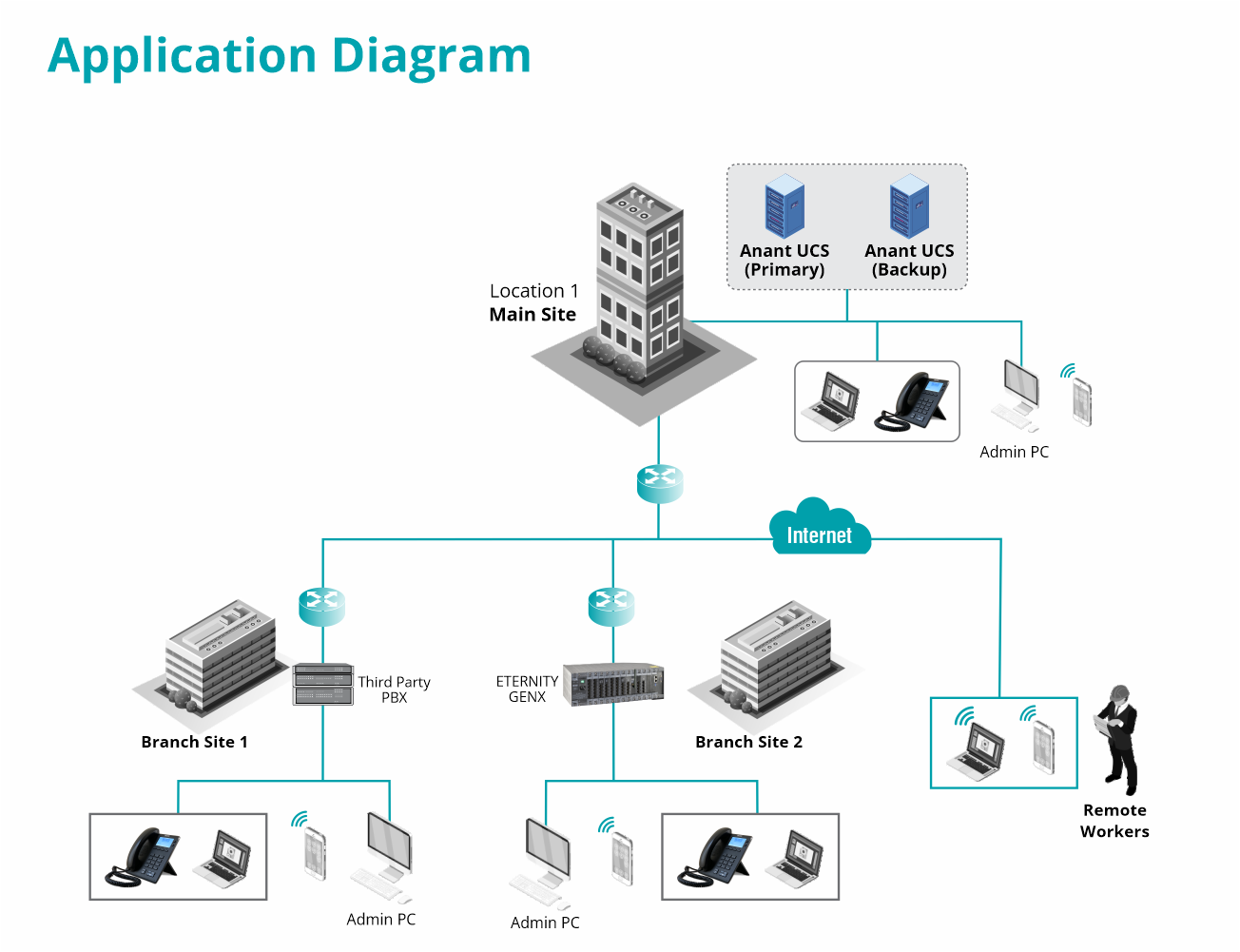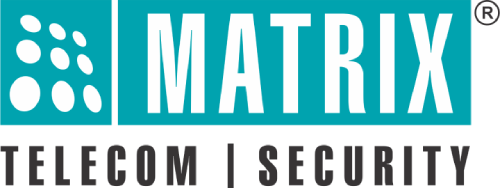
The pharmaceutical behemoth started its journey as a modest generic drug and active pharmaceutical ingredient manufacturer. Initially establishing its market presence in India, Russia, and Africa, the company has since expanded its reach to a global scale. Towards the end of the 90s, the company went public in India, utilizing a portion of the proceeds to construct its inaugural research facility. By 2008, it had ascended to become the fifth-largest pharmaceutical company in India.
In its pursuit of expansion, the pharmaceutical company recognized the need for a comprehensive transformation of its communication systems. The legacy systems in place posed significant challenges during the transition to IP, hindering the process of future-proofing. Communication issues became particularly apparent when employees were mobile and needed to simultaneously report to the head office, such as during routine meetings.
In summary, the difficulties they faced:
- Outdated Communication Infrastructure: The current legacy system, built on traditional networks, displayed outdated features and lacked the capacity to meet communication needs effectively.
- Streamlining Communication Across 40+ Offices: To enhance efficiency and responsiveness, there was a critical need to unify communication across multiple offices dispersed in different locations.
- Enhancing Scalability and Redundancy: The company sought a solution that could seamlessly adapt to future requirements, ensuring smooth scalability for upcoming applications. Additionally, the integration of redundancy (backup) was imperative to guarantee uninterrupted operations.
- Modernization Imperative: The absence of contemporary features such as Scalability for future needs, Futuristic conferencing, hardware independence, Unified Services for Mobility, etc., coupled with the necessity to transition to IP, provided compelling reasons for upgrading their antiquated communication system.
Matrix Comsec conducted a comprehensive assessment of the company’s challenges and formulated a forward-looking solution. The proposed resolution centered around a strategic overhaul of the current communication infrastructure, involving a transition to IP Telephony. This initiative included the installation of a Matrix PBX server for unified communication, seamlessly integrated with Matrix IP Deskphones.
The Matrix solution includes:
- The ANANT UCS PBX Server for Unified Communications, strategically located at the primary site (Location 1), facilitated seamless connectivity with Matrix IP Phones, specifically the SPARSH VP210 model, and provided a comprehensive Mobility solution through VARTA.
- Connectivity was extended over the Wide Area Network (WAN) to both Branch Site 1 and Branch Site 2, facilitated by the Matrix IP phones.
- Connectivity was further extended to remote workers, establishing a connection to the branch office through the mobility application, VARTA.
The implemented solution not only allowed them to harness the advantages of modern communication but also optimized the utilization of the existing infrastructure. This enabled a comprehensive transformation of the communication infrastructure, facilitating the pharmaceutical company’s seamless transition to an IP network.
The solution enabled them,
- Smooth Transition to IP: Leveraging the PBX server for Unified Communication, ANANT UCS, the system achieved a scalable user capacity of up to 5000 IP users. Furthermore, the integration of redundancy as a crucial feature played a significant role in ensuring continuous and uninterrupted operations.
- Modern Communication Features: Enhanced communication efficiency was achieved through a set of advanced features including abbreviated dialing, call pickup, and internal call restrictions.
- Multi-Location Connectivity: Matrix’s solution empowered them to interconnect multiple offices, unifying 40+ offices onto a single platform with the PBX server for Unified Communication. This solution not only met their needs for a seamless and smooth transition to modern networks but also facilitated simultaneous connection among multiple offices.

- Matrix ANANT UCS: PBX Server for Unified Communication
- Matrix SPARSH VP210: IP Deskphone

